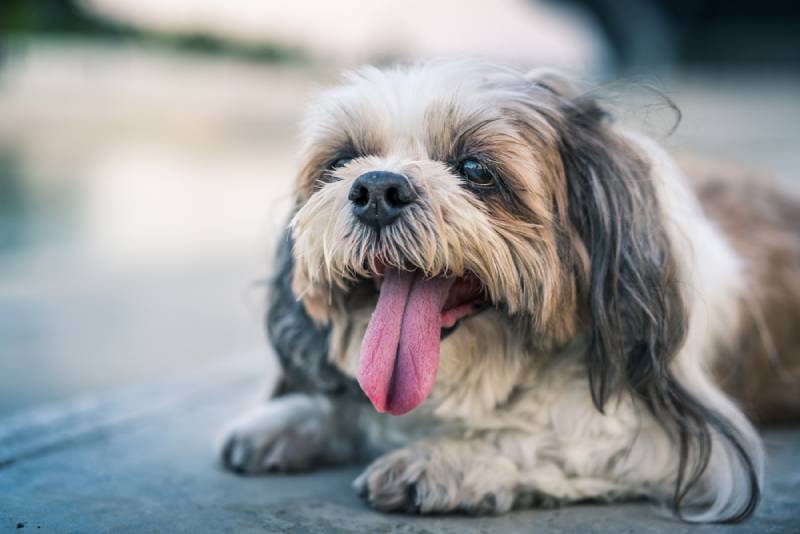VET APPROVED

The information is current and up-to-date in accordance with the latest veterinarian research.
Learn more »Click to Skip Ahead
We might think dogs are super adaptable and tough, but they’re not immune to extreme weather, especially high heat and humidity. When exposed to such conditions, dogs can develop heat-related illnesses, including heatstroke, a serious and potentially life-threatening condition. No matter the breed, all dogs need protection from hot environments, particularly during exercise or if left in confined spaces like cars. Some breeds, such as brachycephalics or flat-faced dogs, are at even greater risk due to their limited ability to cool themselves efficiently.
The good news? Heatstroke is entirely preventable. As a dog owner, understanding how to spot the signs and take the right precautions can make all the difference, especially if your pup enjoys spending time outdoors. Let’s break down what you need to know to keep your dog safe and healthy in hot weather.

What Is Heatstroke in Dogs?
Heatstroke in dogs is defined as a nonpyrogenic increased body temperature above 104°F (40°C), with certain signs associated. There is only so much heat your dog can handle, and their cooling mechanisms can get overwhelmed.
- Pyrogenic Hyperthermia or fever— due to inflammation or infection, in which the body responds to a new temperature set point.
- Non-pyrogenic Hyperthermia — exposure to high environmental temperature (non-exertional heat stroke) or caused by strenuous exercise (exertional heat stroke).
Heatstroke is a life-threatening problem that happens with canines all across the globe. It is a medical emergency and requires an immediate response from pet owners and veterinarians.
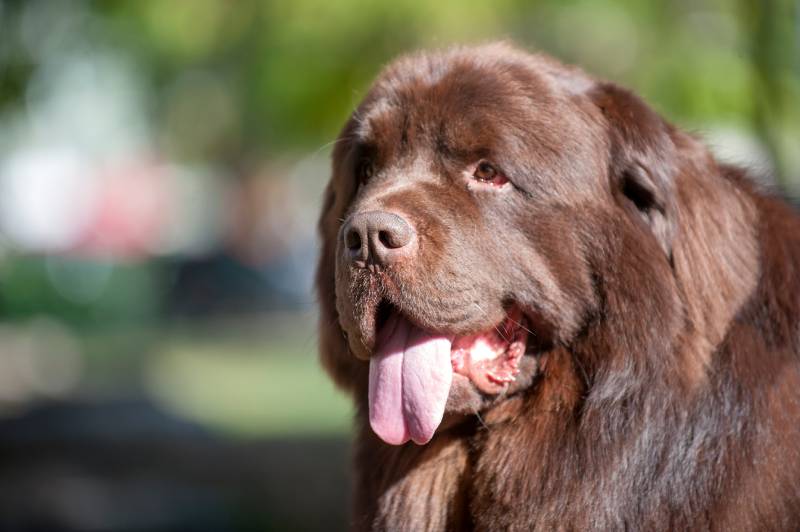
Signs of Heatstroke in Dogs
Since heatstroke is so time-sensitive, act immediately if you notice any of the following signs:
- Heavy panting
- Dry, tacky gums
- Lethargy
- Collapse
- Vomiting and/or diarrhea
- Confusion
- Gum bruising
- Bleeding
- Seizures
If your pet is showing these signs, we should take them to a vet immediately.
What Causes Heatstroke in Dogs?
There are two types of heatstroke: exertional and non-exertional. Exertional heatstroke occurs during exercise in hot temperatures. Non-exertional is caused by being exposed to high temperatures without proper means of cooling, such as when a dog is left inside a car or left in a yard without shade and water.
There can be many situations where heatstrokes can occur, but one of the most common causes is hot cars. Even if an owner feels like the vehicle has enough ventilation, it’s still extremely dangerous. It only takes 20 minutes for the temperature inside the car to reach 110°F (48.3ºC) when the outside temperature is at 70°F (21.1ºC). You are highly advised never to leave your dog in the car, even if it’s just a quick run to the store.
Overexertion, even during play, in toasty temperatures, might also cause heatstroke. If your dog’s body is working too hard, they are struggling to breathe, and their heart is racing—this is a recipe for disaster.

How Is Heatstroke Diagnosed?
Heatstroke is a life-threatening veterinary emergency, and immediate veterinary treatment is paramount. Diagnosis is typically based on a recent history of exercise or confinement in conditions that impair a dog’s ability to cool down, combined with the observation of clinical signs.
Treatment of Heatstroke in Dogs
The way to combat a heatstroke is to reduce the body temperature gradually but efficiently. As you notice the signs of heat stroke, it’s crucial to start bringing their temperature down. Studies have shown that starting treatment as soon as possible, even before the dog reaches the practice or hospital, significantly improves the prognosis.
Never use ice or very cold water, as this will cause constriction of the blood vessels in the surface of the body (peripheral vasoconstriction), preventing cooling of the blood. One of the most effective ways to start cooling is directing a fan (or car air conditioning) toward the dog while applying cool or tepid water to the skin. Never cover your dog with a wet towel, as it will quickly heat up and not allow for heat to escape from the dog.
Once you reach your vet, they will begin treatment immediately.
- Intravenous fluid administration
- Oxygen administration
- Specific treatment for clotting problems
- Blood work monitoring
- Blood pressure monitoring
- Antiemetics
- Gastrointestinal protectants
Each potential treatment depends on the state your dog is in when you bring them.

Prognosis of Heat Stroke in Dogs
The outcome of a heatstroke dramatically depends on several factors, and every result is different. Dogs can die of heatstroke within 15 minutes. It’s imperative to get them to the vet immediately upon displaying signs. Time is literally a factor of life and death in this scenario.
Ultimately, effectiveness in treatment depends on the length of time since hyperthermia began and how long they’ve had an elevated temperature. When treated immediately and effectively, most healthy dogs can recover from the effects.
However, some dogs might experience permanent organ damage. Also, they could become more at risk for a future heat stroke. Regretfully, some dogs might pass no matter the treatment to correct the effects of heatstroke.
According to Iowa Veterinary Specialists, death usually happens within 24 hours, with a mortality rate of 50%.
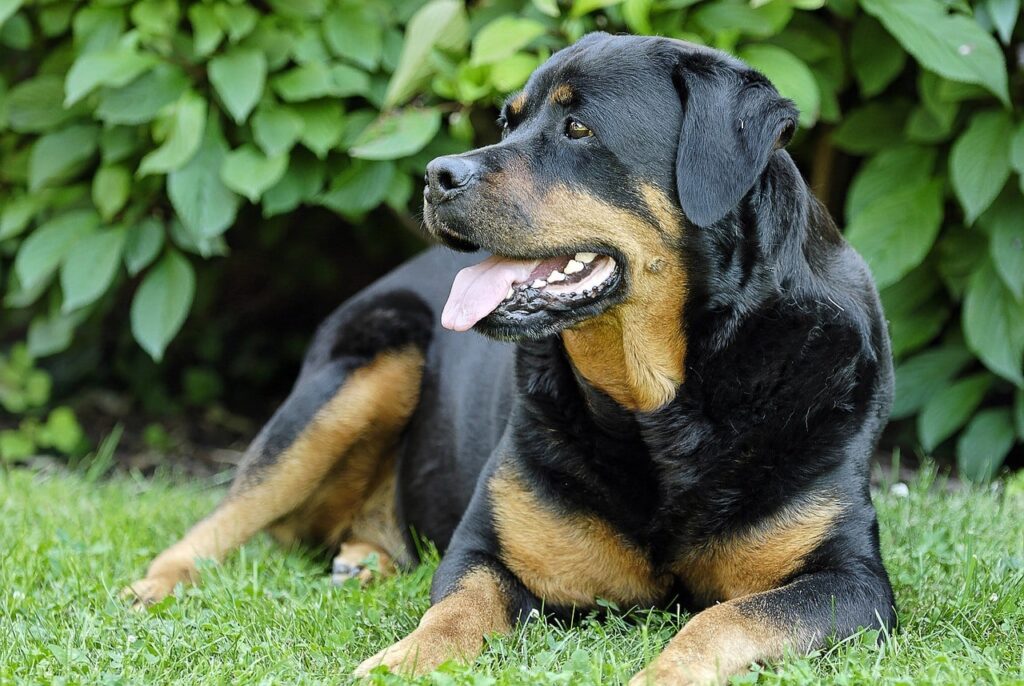
Are Some Dogs More Susceptible to Heatstroke?
Brachycephalic breeds are dogs whose skulls are shorter, making a narrow, short airway that is one-third the size of an average dog. These breeds are more sensitive to higher temperatures. Even brief visits outside in hot weather can have dire consequences for these dogs due to breathing issues.
These dogs can suffer from what is called brachycephalic obstructive airway syndrome (BOAS), which obstructs breathing. Since dogs rely heavily on effective panting for cooling down, these dogs have a limited ability to thermoregulate as a result of their airway anatomy
While you should exercise caution with all dogs in hot settings, these dogs are especially susceptible.
Other At-Risk Canines
Brachycephalic dogs aren’t the only ones who have to worry. Obese or heavy-coated dogs are also at risk, too. Since heatstroke is caused by the inability to regulate body temperature, these animals will pant heavily—potentially spiking a heat overload.
If you have a chubby buddy or double-coated dog, practice just as many precautions.
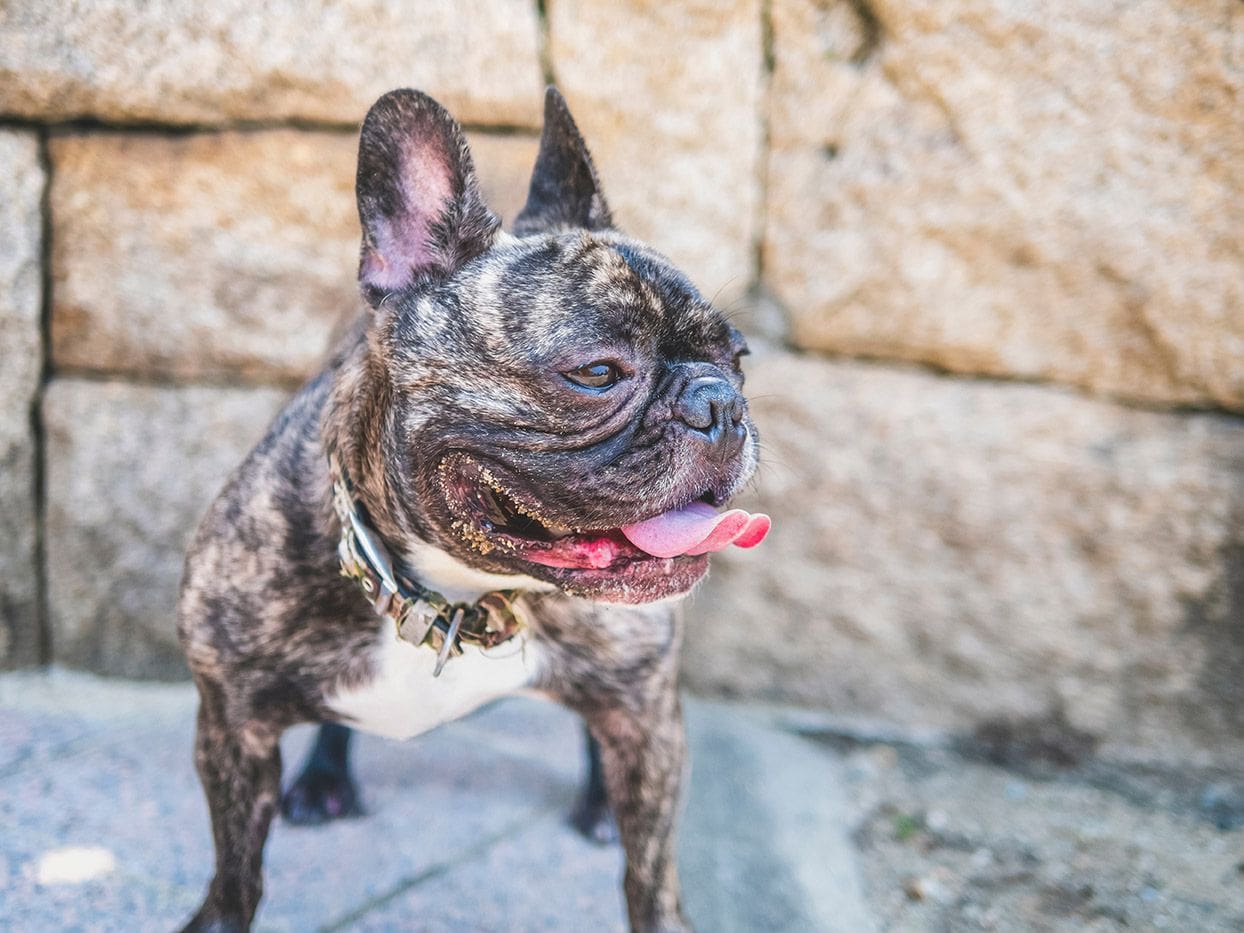

Prevention of Heatstroke
Heatstroke is a completely preventable problem for your pals. Here are a few tips to keep your pet safe this summer:
Provide a shaded, ventilated area when outdoors
Never leave your pooch in direct sunlight for any amount of time. Please give them a cool space away from any heat and make sure the airflow is adequate.
Do not over-exercise in high temperatures
It’s recommended to take walks in the early morning or at dusk when everything is cool during summertime. Midday exercise in the summer months can be very harmful to your dog.
Offer cool, fresh drinking water at all times
If your dog is outside in the elements, they need a continuous freshwater source. They have to be able to hydrate to regulate their body temperature freely.
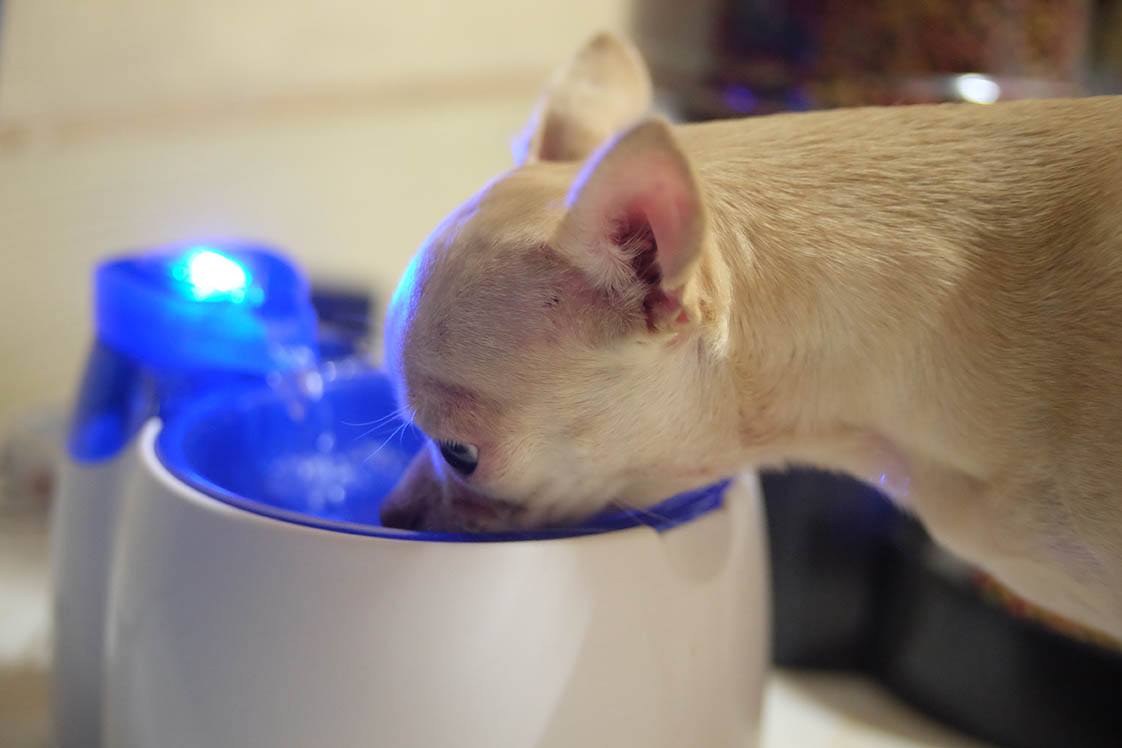
Keep dogs indoors as much as possible
Try to avoid outside stays altogether. If you have a kennel or enclosure to keep your pet in, allow them to stay in the house instead.
Limit outdoor visits
If outside temperatures or humidity are high, make potty breaks quick and walks short. Monitor your dog for any signs of heat stress.
Never leave your dog in a car
Many regretful owners have trusted that the car isn’t “too hot” that day—only later to lose a loved one. Never leave your dog in the hot car. Only visit dog-friendly stores if they accompany you on outings.
- You may also want to read: How to Take Your Dog’s Temperature

Final Thoughts
Too many beloved pets are lost annually due to the heat. Remember to protect your furry friend in the muggy, sizzling summer temperatures. All it takes is one moment too long in a hot car for things to go wrong really fast.
Provide proper shade, fresh water, and adequate ventilation to a dog who will be outside for any length of time in the heat. A few extra measures to help your pooch will save lots of heartache in the long run.
- https://www.akcchf.org/canine-health/sporting-field-dogs/hyperthermia-in-dogs-fast.html#:~:text=Hyperthermia%2C%20or%20overheating%2C%20according%20to,%C2%B0F%2D102.5%C2%B0F.
- https://todaysveterinarypractice.com/emergency-medicine-critical-care/todays-technician-heatstroke-in-dogs/
- https://www.dvm360.com/view/heat-stroke-diagnosis-and-treatment
Featured Image Credit: opalledo, Shutterstock
